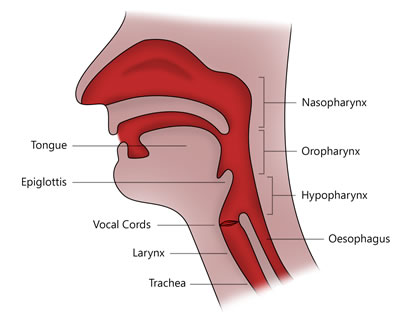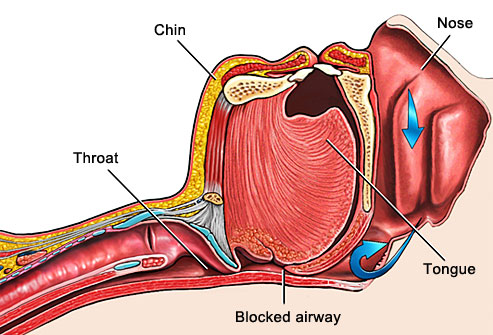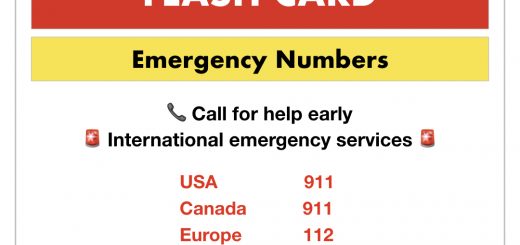How Does the Recovery Position Work?
If you’ve ever been on a first aid/CPR training course, it’s likely you’ve heard about the ‘recovery position’. The recovery position is used when someone is unconscious, but breathing normally. But, how exactly does the recovery position work?
A Clear Airway is Vital
The recovery position is designed to protect the patient’s airway from obstruction. In emergency situations, maintaining an airway is one of the first priorities (think ABC – A is always first).
The airway refers to the series of structures and tubes that allow air to reach the lungs. The diagram below shows the anatomy of the upper airway.
How Does the Recovery Position Protect the Airway?
When someone goes unconscious, their airway is at risk from being obstructed by two things: the tongue and regurgitated stomach contents.
The back part of the tongue can fall back and obstruct the airway. This is sometimes known as “swallowing your own tongue”, although this description isn’t correct. The tongue doesn’t get swallowed, it just stops air from reaching the top of the windpipe (trachea).
Stomach contents can also block the airway by traveling up the food pipe (esophagus/oesophagus).
The recovery helps prevent these two airway obstructions by keeping the tongue clear of the airway. In addition, placing the victim on their side allows any stomach contents to drain away from the airway.
How to Place Someone into the Recovery Position
The key to placing a patient in the recovery position is that they are placed on their side with the head tilted backward. How this is achieved will vary depending on the size of the patient and the rescuer.







